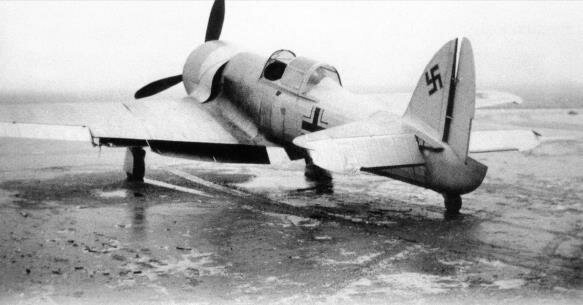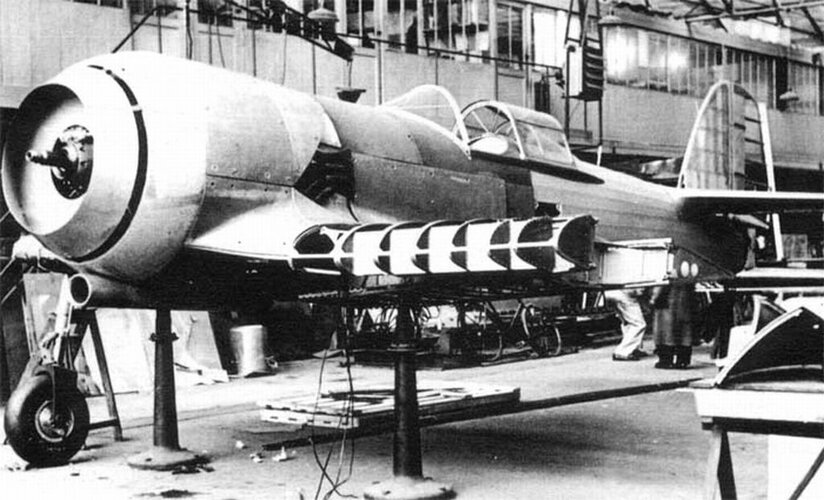Even though specially-designed exhaust stacks which produced some thrust and increased speed by a small amount (4 ot 5 %, or slightly more?) were mounted on fighter aircraft powered by Vee type liquid-cooled engines (German Bf / Me 109, British Hurricane and Spitfire for ex.) before the start of the Second World War , fighter aircraft powered by radial air-cooled engines (French MB 152 and American P-36 for ex.) were not so equipped until later, with the Fw 190, perhaps, being the first.
Given the potential gains in speed, was there a technical reason behind this non use?
Is it possible that the Hughes H-1 racing aircraft was fitted with specially-designed thrust-producing exhaust stacks?
The following report may prove interesting... https://apps.dtic.mil/sti/pdfs/ADA801032.pdf
Given the potential gains in speed, was there a technical reason behind this non use?
Is it possible that the Hughes H-1 racing aircraft was fitted with specially-designed thrust-producing exhaust stacks?
The following report may prove interesting... https://apps.dtic.mil/sti/pdfs/ADA801032.pdf




